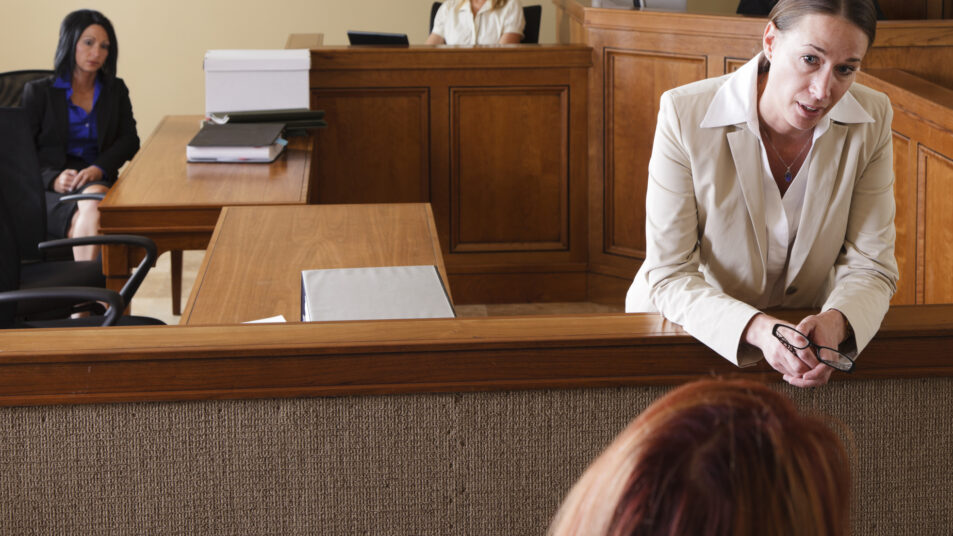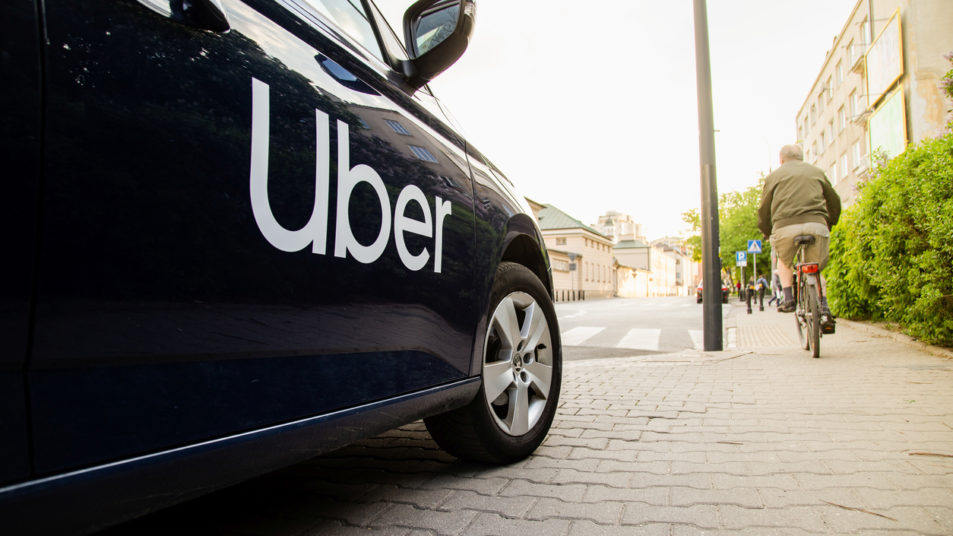5 Things To Do if You’re at Fault for a Car Accident in Texas
A car accident can be difficult to handle, even if the crash was not your fault. If the accident turns out to have been your fault, however, you might end up with legal problems in addition to financial and medical problems. Under these circumstances, you need to observe certain guidelines to protect yourself.
If you are involved in this situation, you can always reach out to an experienced car accident attorney to handle your case and assist you with your claim in order to minimize your liability. Keep reading to learn more about what you can do to protect yourself.
Context: Negligence Law
Negligence is a legal term that means something like ‘carelessness.’ It is the most common basis for a personal injury claim. You will probably face a negligence claim if you are at fault for a car accident. To win a negligence claim against you, your opponent must prove:
- You owed them a duty of reasonable care (such as the duty to drive safely),
- You breached your duty of care (by breaking a traffic safety law, for example),
- Your opponent suffered physical harm (in a car accident), and
- It was your bad driving that caused the harm your opponent suffered.
Car accidents don’t always work this way, of course. You might have caused the accident by running into the street as a pedestrian, causing one car to swerve into another to avoid you.
Context: Texas Contributory Fault
Contributory fault is Texas’s way of distributing compensation when more than one party is at fault. Under the Texas system, you lose entitlement to compensation in exact proportion to your percentage of fault for the accident. You will lose 20% of your compensation, for example, if you were 20% at fault.
Texas, however, applies a cutoff at 50%. If you were more than 50% at fault, your compensation will be zero. Even if the accident was mostly your fault, however, the lower your percentage of fault, the less compensation you will have to pay.
5 Steps To Take if You’re Responsible for a Car Accident
Even in the (often overwhelming) aftermath of an accident, you must remember to take the following 5 actions:
- Exchange contact and insurance information with the other driver. Texas law requires you to do this in most cases. If the accident was your fault, the other driver will insist upon it.
- Gather information at the scene of the accident (unless the seriousness of your injuries prevents this). For example, photograph everything that might be relevant, such as the position of the cars after the accident, skid marks on the road, and even the sky (if weather was a factor).
- Cooperate with the police. The police will probably send an officer to investigate and file an accident report. Although you normally can’t use a police report in court, either side can use it in settlement negotiations. Be polite, and tell the truth even if the accident was your fault. Stick to the facts, however, and avoid any conclusions like, “The accident was my fault.”
- Seek prompt medical attention. You might have suffered an injury in the accident without realizing it. That’s reason enough to seek prompt medical treatment. If the accident turns out to be partly the other driver’s fault, you might need your medical treatment records to support a counterclaim against the other driver.
- Report the accident to your own insurance company. Under the terms of your policy, you probably have to report the accident to your own insurance company, even if they will not be paying the claim.
Taking these steps can protect you against some of the worst legal consequences of a car accident.
What Not To Do After a Car Accident That Was Your Fault
Following are some examples of actions you should not take:
- Do not leave the scene of an accident. Most of the time, leaving the scene of an accident is a crime in Texas.
- Do not admit fault, even to be polite, and do not apologize for the accident.
- Don’t yell and scream at anyone, particularly the police. Do not try to fight anyone, no matter how angry you are. “Road rage” could subject you to punitive damages.
- Don’t talk about your accident on social media. The other side can use your social media posts as evidence against you.
At some point, you might need to negotiate your liability. Avoiding these no-nos can help you protect your bargaining position.
A Car Accident Lawyer Can Help
A car accident lawyer can help you minimize your liability for a collision, even if it was mostly your fault. In a best-case scenario, your lawyer might even be able to prove that the accident was the other driver’s fault after all. The best way to explore your options is to seek an initial consultation with an attorney.


